|
Welcome to the first installment of a 5 part Beginners Series. Before you can decide if you want to do a Triathlon, you need to know what a Triathlon is. Dictionary.com defines Triathlon as “an athletic contest comprising three consecutive events, usually swimming, bicycling, and distance running”. While that is the definition of a Triathlon, I think there is more to the sport than just that. There are many other aspects of Triathlon that make it a unique and exciting sport. Even though you are racing with other Triathletes, it is an “individual” sport. In other words, during the race, you can’t receive any outside help. The only people you can accept help from during the race are the official volunteers. No pacers on the run, no drafting on the bike, and no items can be passed to you from family, friends or coach. The longer the Triathlon is, the more important your preparation becomes. Pre-planning is key because once the race starts you are on your own. Because Triathlon is such an individual sport I think it can create less pressure to compete. Sure, there are many athletes that race to compete, including myself. But there are just as many athletes that race just to complete. I’ve found that the longer the race is, the more that is true. There is something very rewarding about getting outside your comfort zone and trying something new. Great satisfaction can be had by signing up, training for, and completing a Triathlon. For many athletes new to Triathlon, it is a true challenge to train for 3 different sports. It’s what makes Triathlon so unique and also what makes it so fun. Many athletes find themselves cross-training due to injury, rehab, or a need to change things up. So they find themselves biking or swimming or running in addition to their “main” sport. Then the next logical step is to put it all together and do a Triathlon. Another great thing about Triathlon is that there are different ways to be competitive. You can be great in one discipline and just ok in the others or just good in all 3. Whether you want to be competitive or not, the over-all stress on the body is less than training for just 1 discipline. Your training workload gets spread out over 3 different sports and overuse injuries tend to be fewer. Another unique thing about Triathlon is the importance of nutrition, especially in the Half-Iron and Iron distance Triathlons. According to Running USA the average Male Marathon finishing time in 2015 was 4:20:13 while the average Half-Iron distance triathlon finish time is around 6:00:00 and Full Iron is around 12:35:00. Doing any type of physical activity for 6 hours or more requires careful nutrition planning. Long course triathlons bring nutrition challenges that need to be experimented with, trained with, and properly executed on race day. Just like most single sport races, there are various distances in Triathlon races. Most common distances for Triathlon are: Sprint Distance (750 yrd swim, 12 mile bike, 5k run), Olympic or International Distance (1500 yrd swim, 28 mile bike, 10k run), Half-Iron Distance (1.2 mile swim, 56 mile bike, 13.1 mile run), and Iron Distance (2.4 mile swim, 112 mile bike, 26.2 mile run). Each distance provides its own challenges and rewards. Besides distances, other differences can be Open Water Swim or Pool Swim, Mountain Bike or Road Bike, Trail Run or Road Run, draft legal or non-draft legal. With so many options it’s easy to find a Triathlon that excites you.
But wait… there’s more. More options? Yes, more options. Do you want to experience Triathlon but you can only do one or 2 of the disciplines? No problem. Create a Team and sign up for a Relay. That’s right, you can be a member of a team and just do the discipline that you’re best at. This is a great way to learn about Triathlons without having to do all 3 sports. Many races offer other choices like Duathlon (run-bike-run), Aquathon (swim-run), and Aquabike (swim-bike). With so many options available it’s easy to see why Multisports and Triathlons have grown in popularity in recent years. So now you have an idea of what the sport of Triathlon is all about. Interested? Stay tuned for the next installment, “Picking Your First Triathlon”, post 2 of this 5-part series. Coach Jay
2 Comments
Summer is upon us and if you’re training then you are probably feeling the heat (and humidity). Heat related concerns like Heat Exhaustion and Dehydration are not as common in training sessions that are less than 1 hour in length. Here are a few tips on how to get through your summer training. Before we can talk about hydration for 1 hour + training sessions, we need to talk about Sweat Rate. It’s a good idea to perform a sweat test for each of the sports you are training in (and yes, you actually do sweat while swimming). What is a sweat test you ask? It’s a simple test to determine how much you sweat in one hour in a given activity. Knowing this will allow you to formulate a plan to stay hydrated during training. The test consists of weighing yourself (preferably naked) before your activity, training for 1 hour, recording the amount of fluid intake if you consume any during activity, then toweling dry and weighing yourself again (naked). Your pre-activity weight minus post activity weight plus any fluid consumed is your 1 hour sweat rate for that activity (record temperature, humidity, and effort level for reference). Example: Pre-Activity Weight: 152.2 Bike Ride 1 hour (warm up, intervals, cool down) Consumed 8 ounces of water during activity Post Activity Weight: 151.2 152.2 – 151.2 = 1 pound or 16 ounces 16 ounces + 8 ounces = 24 ounce sweat rate So now you know for that temperature, humidity, and specific activity that you sweat out 24 ounces every hour. In this example, you now know you would need to consume 24 ounces of fluid per hour to keep properly hydrated in a similar training session.
A great way to beat the heat is to start your training early in the morning. Once the sun comes up temperatures climb quickly. It’s not always fun or easy to get up early, but being able to get a couple of hours done before the sun rises might help you get that 3-4 hour ride/run completed. If you decide to take advantage of those pre-sun hours make sure to make yourself visible with reflective clothing and/or lighting. Late evening runs are another way to avoid the sun. However, it sometimes takes temperatures well into the late evening to fall. So while the sun isn’t blazing down on you, it might still be hot out. Early or Late is still better than mid-day runs and rides.
If a mid-day training session can’t be avoided then try to pick training routes that are shady. Trail runs are a great way to help get out of the direct sunlight and heat of the day. Another idea is to drive out into the country and start your bike ride on 2 lane country roads that tend to have more tree coverage. If these options aren’t available then consider moving indoors to the bike trainer or treadmill on those extremely hot days. Proper clothing can go a long way to help keep you cooler in the heat of summer. Try to wear light colored sweat wicking materials. Hats, visors, and arm sleeves can also be considered. Dictionary.com’s definition of Heat Exhaustion is; a condition characterized by faintness, rapid pulse, nausea, profuse sweating, cool skin, and collapse, caused by prolonged exposure to heat accompanied by loss of adequate fluid and salt from the body. When training in hot conditions you should be aware of the warning signs of heat exhaustion. If you start to experience any of the signs, you need to stop your training session and get your body re-hydrated and cooled down. If you try to push through, you could end up with Heatstroke which is defined as; a condition marked by fever and often by unconsciousness, caused by failure of the body's temperature-regulating mechanism when exposed to excessively high temperatures. Heatstroke is extremely dangerous and will usually involve a trip to the Emergency Room. Your post training cool down and recovery priority should be re-hydrating. Don’t try to guzzle a bottle of water and think you’re re-hydrated. It’s better to re-hydrate slowly and consistently for several hours after your workout. Taking a cool (not cold) shower is a great way to help lower your body’s core temperature after a hot weather training session. You definitely need to respect the evil twins Heat and Humidity. But you can successfully train through the summer heat if you take precautions. Yes, your pace will be and needs to be slower. But when the first cool weather of Fall comes you will be a stronger athlete after battling through the summer heat! Coach Jay Asheville is a neat place to visit. Teresa and I have been here before to run Asheville Citizen Times Marathon in 2013. The City has a great vibe and there are lots of Vegan restaurants to eat at. I needed another race for the Setup Events NC Series, so I thought we could visit Asheville and I could get a race in. My research on the race led me to believe that Biltmore Lake tends to stay cool and the race is usually wetsuit legal. While this point alone didn’t sway my decision to choose this race, I did find a wetsuit legal race in June to be interesting. The lake ended up warm at 79.5 degrees and not wetsuit legal. I didn’t think the race would be flat, but it’s a Sprint distance so how hilly could it be? Well turns out it’s pretty damn hilly. Estimates are around 1500’ of elevation gain in the 17.5 mile bike. From parking your car all the way to the awards ceremony, this race was well executed from start to finish. This was the 10th anniversary of this race and you can tell they have perfected the race. There was a slight change in the run course that was handled perfectly through updating the website, announcements, and the pre-race meeting. This race will be on my “I’d do that again” list. Swimming is not my specialty. This is no secret and it’s something I’ve been working hard at improving. But after this race performance it’s time to admit that I need a little outside help. Practicing OWS in the ocean is great for sighting practice, but I definitely got used to the extra buoyancy of the salt water. I felt like I was dragging an anchor in this fresh water lake. I was in the first of 3 mass start waves and had a clean start with very little bumping. Lake was clear and well marked with turn and sight buoys. My sighting skills are good but I just couldn’t seem to find a rhythm during the race. I like to think of myself as above average when it comes to transitions. My rack position was not ideal and probably added a few seconds to both transitions, so a 7th place result on both is awesome. The slow swim left me with a lot of time to make up in the bike and run, not the position to be in if you want to podium. I knew I had to push the bike if I had any chance of reaching my goal of a top 20 finish. “What goes up most come down” turned into my mantra for the bike leg. The bike course was never flat. I was either climbing in my lowest gear (39x27) or spinning out of gear (53x12) on the downhills. On at least 2 of the climbs I had to be out of the saddle in order to maintain momentum. I reached a new max speed PR of 45 mph on one of the longer downhills (which my wife was not impressed with, LOL). I didn’t count how many riders I passed, but I knew I was making up ground. I realized the hard work on the climbs paid off once I came into T2, because I immediately noticed the lack of bikes on the racks. The run was on a trail that winds along the lake. The modified course created 2 out and backs, which were perfect for figuring out where the competition was. Heading out to the first turn around I tried to count how many athletes I met going the other way. Then once I made the turn around I got to see who was chasing me. My legs were dead and I was having trouble holding my pace. The thought of walking actually crossed my mind. I quickly reminded myself of my goals and dug a little deeper. Just hang on, don’t let anyone pass you, top twenty finish – all of these self talks helped keep me focused. 58th in Swim, 7th in T1, 15th in Bike, 7th in T2, 29th in Run, 17th overall male finisher, 18th Over-all, and 2nd in age group.
Certainly one of the hardest things about being an Athlete that also Coaches, is coaching yourself. I’ve spoken to many coaches over the years and many of them hire a coach when it comes to their own training. I’ve always self-coached and honestly, it’s what inspired me to start my own coaching business. So now it’s time for me to be the coach and analyze my own performance. The Positives: Great transitions, period. Amazing bike leg considering you can’t train on hills. The bike intervals and strength training really paid off. Good run considering how hard you pushed the bike. You even ran negative splits! The self-talk and positive attitude helped you stay focused. What we need to work on: The swim needs more work. We are going to work on getting you more relaxed during the swim. Over-all: Great race. Congratulations! Now take a day off to enjoy Asheville, then head back home because you have to get prepared for Carolina Beach Double next weekend! |
What's New?
Check in often for upcoming events, news, recipes and more. Archives
August 2022
Categories
All
|
Proudly powered by Weebly

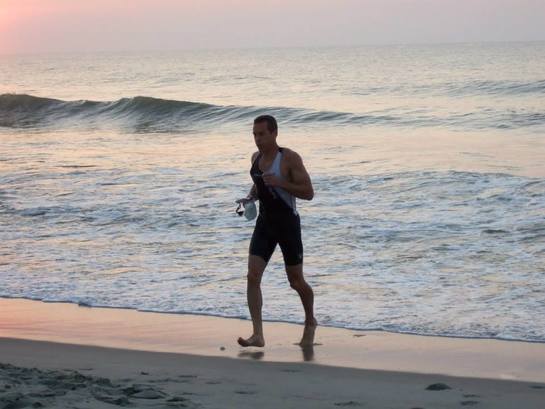
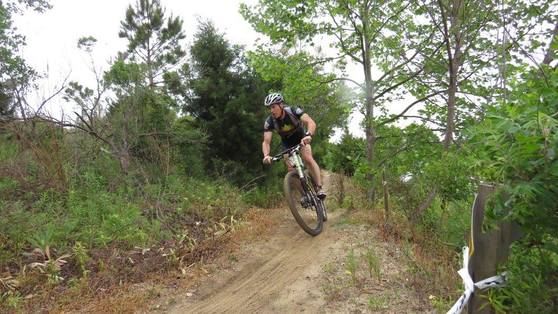
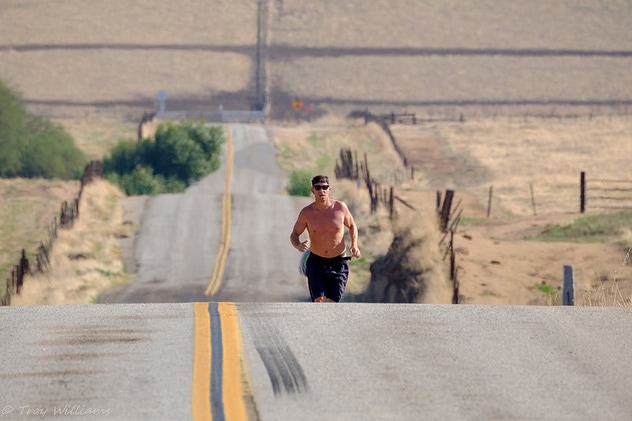
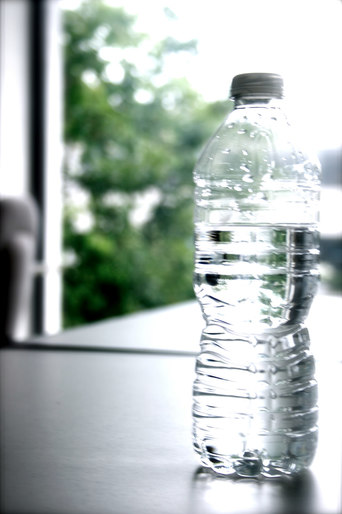
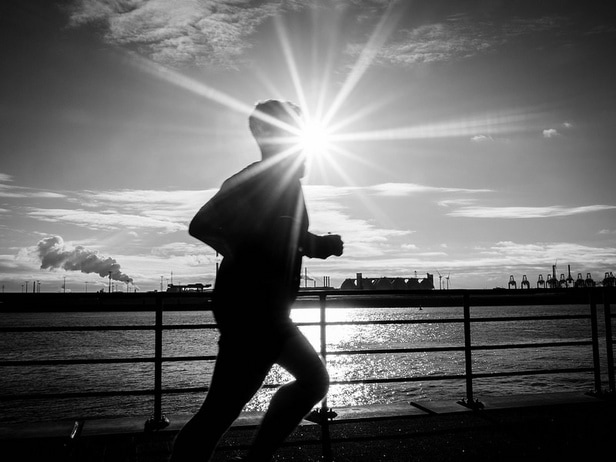
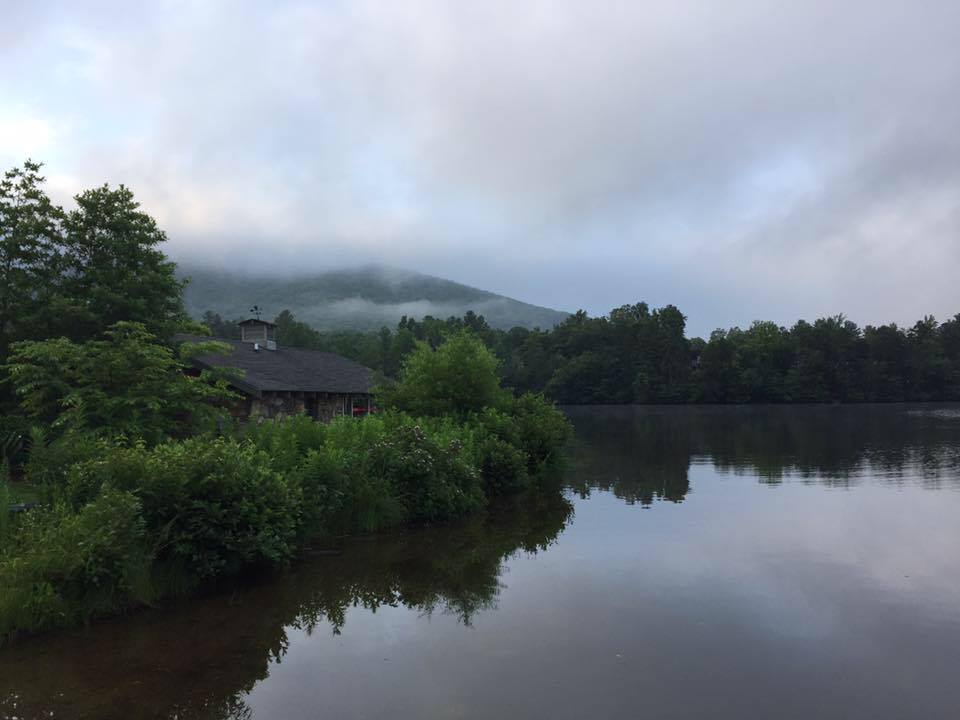
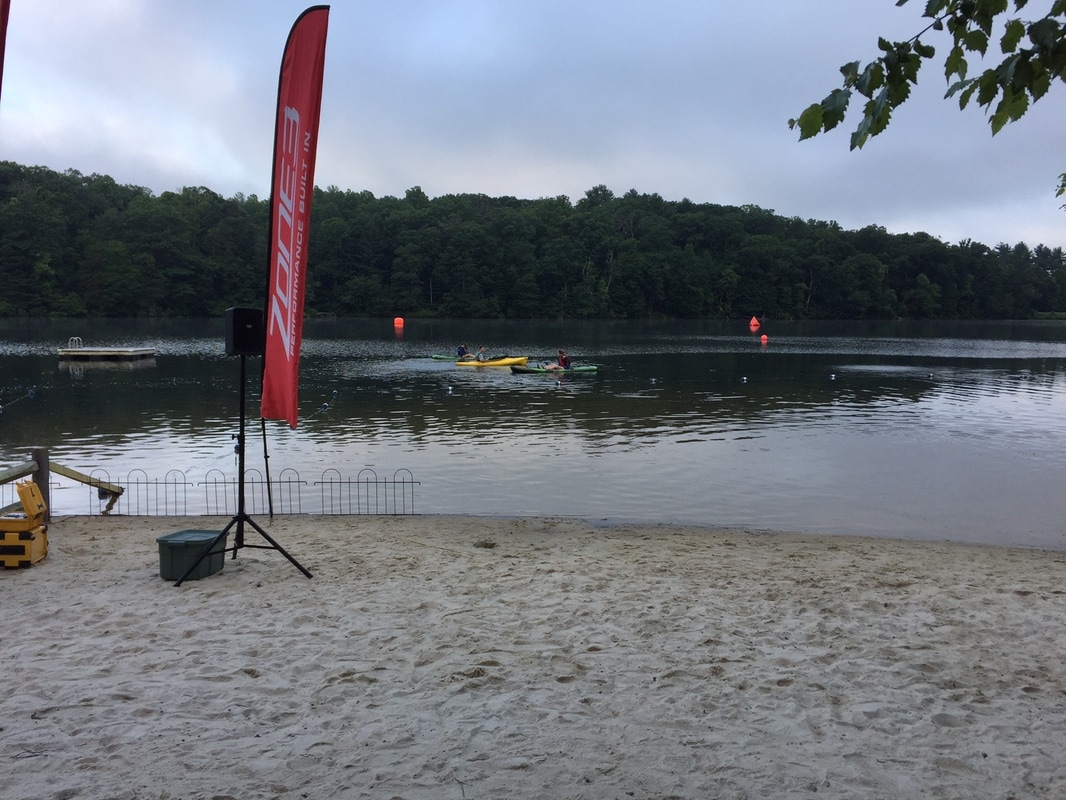
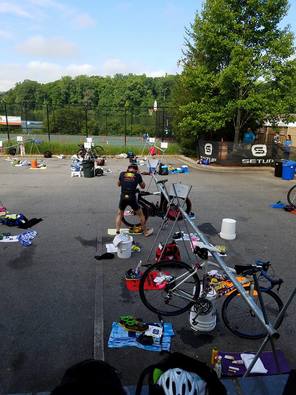
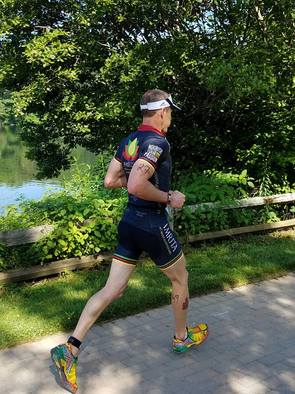
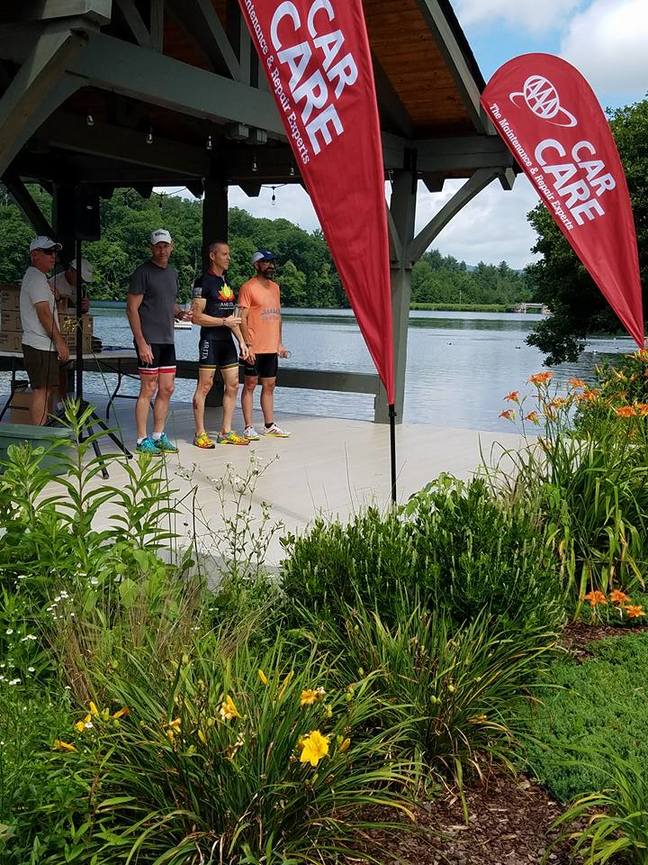
 RSS Feed
RSS Feed